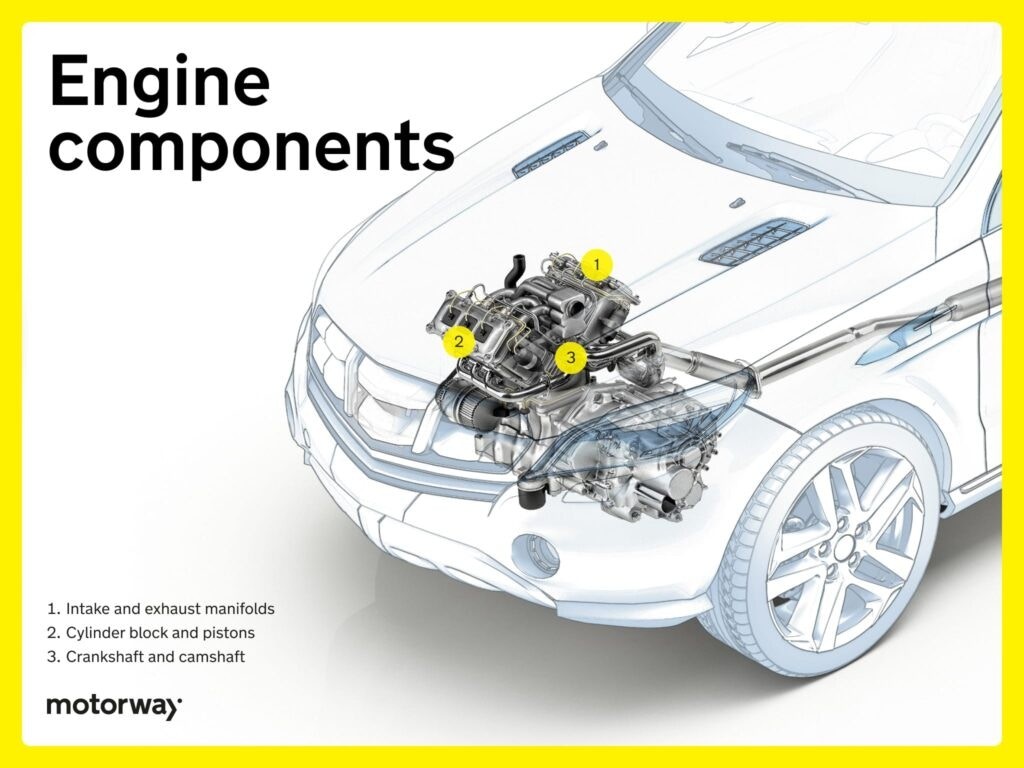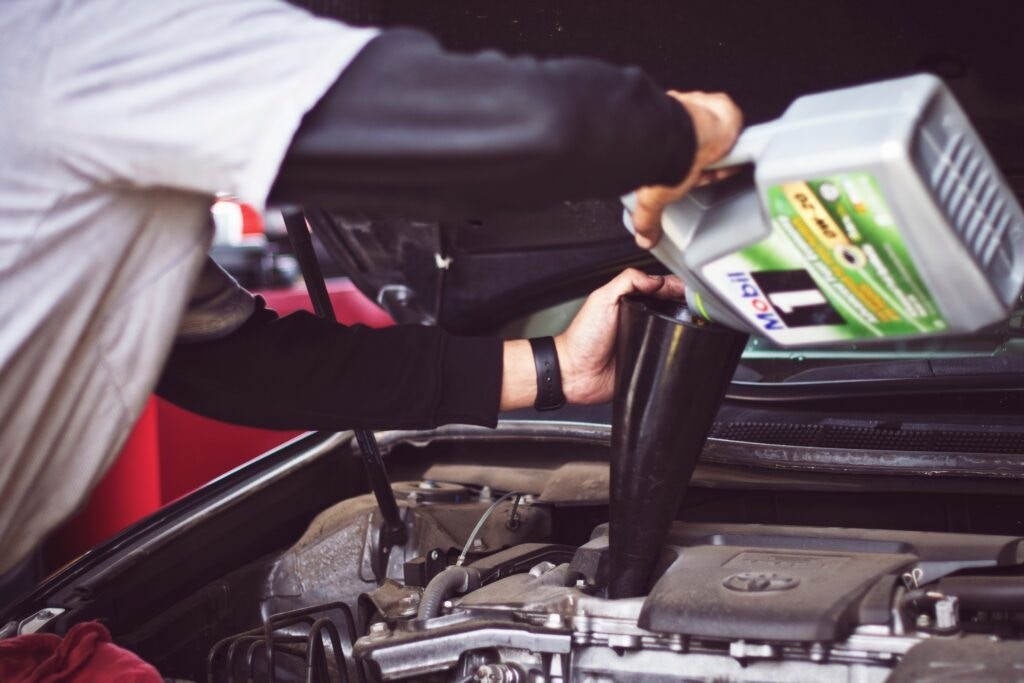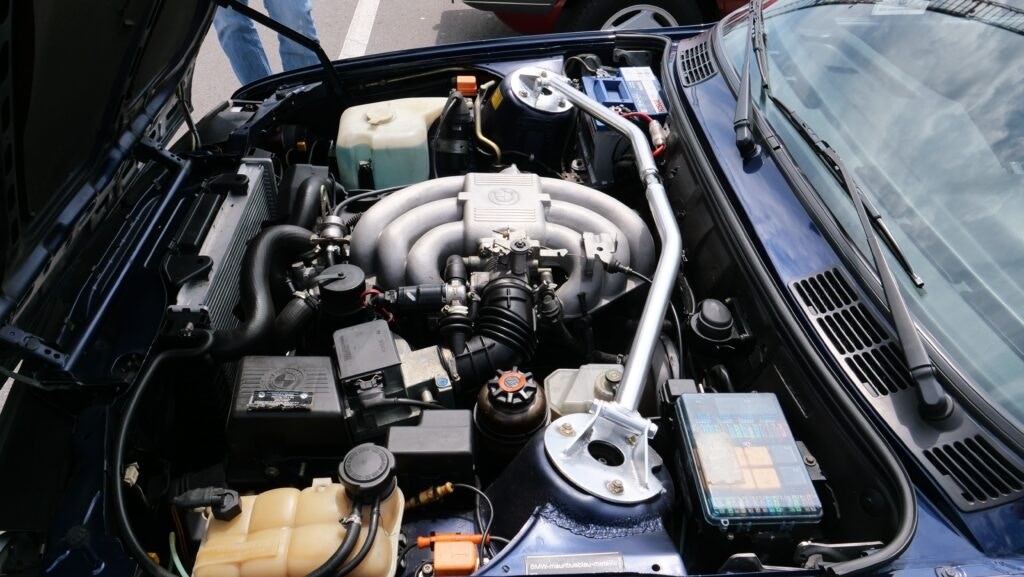The head gasket is a vital component within your car’s engine, acting as a seal between the engine block and cylinder head. Its role is critical: maintaining combustion pressure and preventing coolant and oil from mixing or leaking into the cylinders. Ignoring a damaged head gasket can lead to significant engine problems and costly repairs. Understanding the cost implications of head gasket repair is crucial for car owners.
Understanding the location and function of your car’s head gasket is the first step in addressing potential repair costs.
Understanding the Head Gasket and Its Importance
The head gasket sits between the engine block and the cylinder head in your vehicle’s internal combustion engine. It performs two key functions that are essential for engine operation:
- Sealing Function: The head gasket ensures a tight seal between the cylinder head and engine block. This seal is critical for keeping engine oil, coolant, and the combustion process separate. It prevents fluids from leaking into the cylinders, which could cause serious engine damage.
- Maintaining Compression: This robust gasket is designed to withstand the high pressures of the combustion process. It helps maintain the necessary compression within the cylinders, allowing your engine to operate efficiently and deliver optimal performance.
A functioning head gasket is paramount for engine health. If the head gasket fails, it can lead to a range of issues, from reduced engine power to complete engine failure. Recognizing the signs of a blown head gasket early can save you from more extensive and expensive repairs down the line.
Identifying a Blown Head Gasket: Key Symptoms
Recognizing the symptoms of a failing head gasket is crucial for timely intervention and preventing further engine damage. Here are common warning signs to look out for:
- Engine Overheating: A sudden spike in engine temperature or unexplained coolant loss without visible external leaks can be a strong indicator of head gasket issues.
- Exhaust Smoke: Pay attention to the color of your exhaust smoke. White smoke often suggests coolant is burning in the cylinders, while blue-grey smoke can indicate oil combustion – both potential signs of head gasket failure.
- Discolored Engine Oil: Check your oil dipstick. A milky or frothy appearance indicates coolant contamination in the oil, which is a significant symptom of a blown head gasket.
- Bubbles in the Radiator: With the engine running and the radiator cap safely removed (when the engine is cool), look for visible air bubbles in the coolant. This can indicate combustion gases leaking into the cooling system due to a head gasket breach.
- External Coolant or Oil Leaks: Inspect your engine for any visible leaks, particularly around the area where the cylinder head meets the engine block. These leaks could be coolant or oil escaping due to a damaged head gasket.
- Reduced Engine Performance: A blown head gasket can lead to decreased engine power and acceleration. You might notice your car struggling to perform as it usually does.
- Sweet Smell from Exhaust: A sweet smell emanating from your exhaust can be a sign of coolant burning in the engine, often associated with head gasket failure.
- Unusual Noises: Listen for hissing or gurgling sounds coming from your coolant system. These noises can indicate air or combustion gases entering the system due to a head gasket leak.
- White Residue on Oil Cap: A mayonnaise-like white or light brown residue on the underside of your oil filler cap can be another sign of coolant mixing with engine oil.
Head Gasket Repair vs. Replacement: Is it Worth It?
When faced with a blown head gasket, a key question arises: is it worth repairing or replacing? The answer depends on several factors, including the extent of the damage, your car’s age and overall condition, and its market value.
For minor head gasket issues, a repair might be feasible. However, if the damage is extensive, or if your vehicle is older with high mileage, a full head gasket replacement is often the more reliable long-term solution. In older vehicles, replacing the head gasket might only address one problem in an engine that is nearing the end of its service life.
Regular engine maintenance is crucial for preventing head gasket issues and extending the life of your vehicle.
Before making a decision, it’s essential to weigh the cost of repair against the car’s current value. Factor in labor costs if you plan to use a professional mechanic. Consider whether a head gasket replacement is a worthwhile investment or if the money might be better spent on a newer, more reliable vehicle. If you’re considering selling your car in the near future, fixing a blown head gasket can increase its resale value.
DIY Head Gasket Replacement: Proceed with Caution
While DIY car repairs can be satisfying and cost-saving, head gasket replacement is a complex and labor-intensive job that is generally not recommended for those without significant mechanical experience. If you’re a seasoned DIYer with engine repair expertise, it is possible, but proceed with extreme caution.
Here are the general steps involved in a DIY head gasket replacement:
- Engine Disassembly: This involves removing numerous engine components, including the cylinder head, timing belt or chain, intake and exhaust manifolds, and camshafts to access the head gasket.
- Cleaning and Inspection: Thoroughly clean all engine surfaces and inspect for warping or damage to the cylinder head and engine block. These may require machining by a professional.
- Old Gasket Removal: Carefully remove the old head gasket, ensuring no residue is left on the engine surfaces.
- Surface Preparation: Meticulously clean and prepare the cylinder head and engine block surfaces to ensure a perfect seal with the new gasket. This often involves using specialized cleaning tools.
- New Gasket Installation: Install the new head gasket, ensuring it is correctly aligned with all engine components. Use the correct type of gasket for your vehicle (MLS or composite).
- Reassembly: Reassemble all engine components in reverse order, ensuring all parts are correctly positioned and torqued to specification.
- Bolt Tightening and Torquing: Use a torque wrench to tighten all bolts to the manufacturer’s specified torque sequence and values. This is crucial for proper sealing and preventing future leaks.
- Fluid Replacement: Refill the engine with fresh coolant and oil. It is often recommended to flush the cooling system and perform an oil change at this time.
- Testing: Conduct thorough testing, including a compression test and leak checks, to verify the repair’s success.
Important Warning: Mistakes during DIY head gasket replacement can lead to severe engine damage and potentially dangerous situations. If you are not completely confident in your abilities, it’s always best to seek professional help.
How Much Does Head Gasket Repair Cost? Cost Variables Explained
The cost to repair a head gasket can vary significantly depending on several factors. Understanding these variables will help you anticipate the potential expense.
Several factors influence the final cost of a head gasket repair, including car brand, gasket type, and labor rates.
1. Type of Head Gasket
The type of head gasket used can influence the cost. Common types include:
- Multi-Layer Steel (MLS) Gaskets: These gaskets are made from multiple layers of steel and offer superior durability and sealing. MLS gaskets are generally more expensive due to their robust construction and are often used in modern vehicles.
- Composite Gaskets: These are made from a blend of materials and are typically more cost-effective upfront. However, they may not last as long as MLS gaskets and could require more frequent replacement.
Choosing between MLS and composite gaskets will affect the initial part cost, and potentially the long-term maintenance expenses.
2. Severity of Damage
The extent of the head gasket damage is a major cost determinant.
- Minor Leaks: If the head gasket has only a minor leak, the repair might be less extensive and therefore less expensive.
- Severe Failure: A completely blown head gasket or one that has caused engine overheating and potential cylinder head warping will require more extensive work, increasing the cost. Severe cases might necessitate cylinder head resurfacing or even replacement.
Addressing head gasket issues early can prevent minor problems from escalating into major, more expensive repairs.
3. Car Manufacturer and Model
The make and model of your car significantly impact repair costs.
- Luxury and European Brands: Brands like Audi, BMW, and Mercedes-Benz often have higher parts costs and require more specialized labor, leading to more expensive head gasket repairs.
- Japanese and Domestic Brands: Brands like Toyota, Honda, Ford, and Vauxhall generally have more affordable parts and potentially lower labor costs, resulting in less expensive repairs.
The table below provides an estimated range of head gasket replacement costs in the UK, categorized by car manufacturer:
| Car Manufacturer | Average UK Head Gasket Replacement Cost |
|---|---|
| Audi | £800 to £1,500 |
| BMW | £800 to £1,500 |
| Ford | £500 to £1,200 |
| Honda | £600 to £1,300 |
| Land Rover | £1,200 to £2,500 |
| Mercedes-Benz | £1,000 to £2,000 |
| Nissan | £400 to £1,000 |
| Toyota | £400 to £1,000 |
| Vauxhall | £500 to £1,200 |
| Volkswagen | £600 to £1,300 |





Note: These are average estimates and actual costs may vary based on location, specific model, and garage.
4. Labor Costs
Labor charges constitute a significant portion of the total head gasket repair cost.
- Complexity of the Job: Head gasket replacement is a complex and time-consuming task, often requiring 6 to 10 hours of labor, or even more for some vehicles.
- Mechanic’s Expertise and Location: Experienced mechanics and garages in metropolitan areas typically charge higher labor rates.
Labor costs can vary widely, so it’s advisable to get quotes from multiple garages to compare prices.
5. Additional Related Repairs
During a head gasket replacement, mechanics may recommend or find it necessary to perform additional repairs or replacements, adding to the overall cost. These may include:
- Engine Inspection Fees: Some garages charge for a thorough engine inspection to diagnose the full extent of the damage.
- Coolant and Oil Flush: It’s standard practice to replace coolant and oil after head gasket work, and flushing the systems may also be recommended.
- Replacement of Related Components: Parts like the thermostat, water pump, timing belt (if due), and hoses may be recommended for replacement at the same time, as they are often accessible during head gasket work and preventative replacement can save future labor costs.
- Cylinder Head Resurfacing or Replacement: If the cylinder head is warped or damaged due to overheating, it may need to be resurfaced by a machine shop or replaced entirely, significantly increasing costs.
Always ask for a detailed estimate that outlines all potential costs before authorizing the repair work.
9 Ways to Potentially Lower Your Head Gasket Repair Cost
While head gasket repair is inherently expensive, there are steps you can take to potentially mitigate the cost:
- Routine Maintenance: Regular car maintenance, including coolant flushes and system checks, can help detect potential issues early before they escalate into head gasket failure.
- Proactive Leak Repair: Address any minor coolant or oil leaks promptly. Small leaks can worsen and contribute to overheating, stressing the head gasket.
- Heed Warning Signs: React immediately to any signs of head gasket problems, such as overheating or coolant loss. Early intervention can prevent more severe damage.
- Gentle Driving Habits: Avoid harsh acceleration and deceleration, which can put unnecessary stress on the engine and its components, including the head gasket.
- Use Quality Coolant: Use the type of coolant recommended by your car’s manufacturer. High-quality coolant helps protect against corrosion and maintains proper cooling system function, extending head gasket life.
- Monitor Coolant Levels: Regularly check your coolant level and top it off as needed. Low coolant levels can lead to overheating and head gasket damage.
- Proper Engine Warm-up and Cool-down: Allow your engine to warm up properly before driving hard and let it cool down before shutting it off, reducing thermal stress on the head gasket.
- Prevent Overheating: Address any cooling system issues immediately to prevent engine overheating, which is a primary cause of head gasket failure.
- Seek Multiple Quotes: Obtain estimates from several reputable garages before committing to a repair. Labor rates and parts prices can vary, so shopping around can save you money.
Frequently Asked Questions (FAQs)
Is it worth fixing a blown head gasket?
Whether it’s worth fixing a blown head gasket depends on the car’s overall condition and value. For newer cars in good condition, it’s usually worthwhile. For older, less valuable cars, the cost might outweigh the benefit. Repairing it can also increase your car’s resale value if you plan to sell.
Is changing a head gasket a big job?
Yes, head gasket replacement is a significant and complex job requiring specialized skills and tools. It involves extensive engine disassembly and reassembly. It is generally recommended to be performed by a professional mechanic unless you have considerable DIY experience with engine repairs.
What is the engine life after a head gasket replacement?
With proper repair and ongoing maintenance, an engine can have a long service life after a head gasket replacement. The lifespan depends on various factors, including the car’s age, condition, driving habits, and subsequent maintenance.
Does head gasket sealer work?
Head gasket sealers are generally considered temporary fixes for minor leaks. They might provide a short-term solution, but they are not a substitute for a proper head gasket replacement, especially for significant damage. For long-term reliability, replacement is typically necessary.
Considering Selling Your Car?
If you’re facing a costly head gasket repair and considering your options, selling your car might be a viable alternative. Explore resources to learn more about car ownership, maintenance, and the selling process. You can find helpful guides on topics ranging from car maintenance tips to understanding car values and selling options online.
